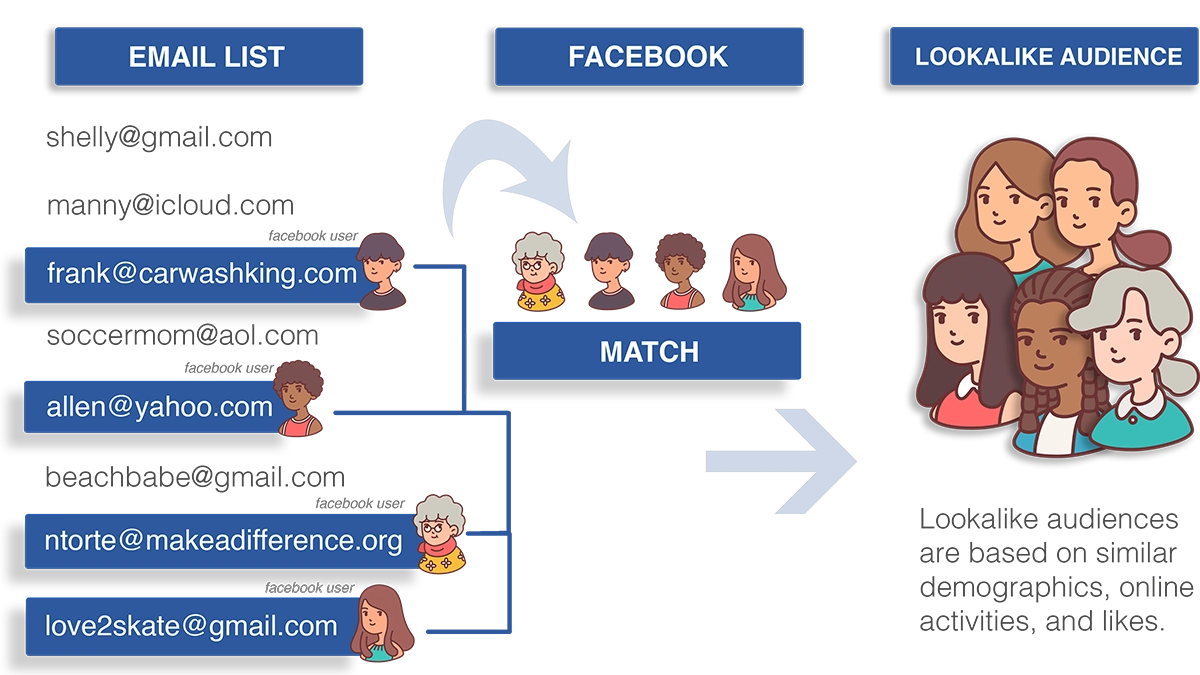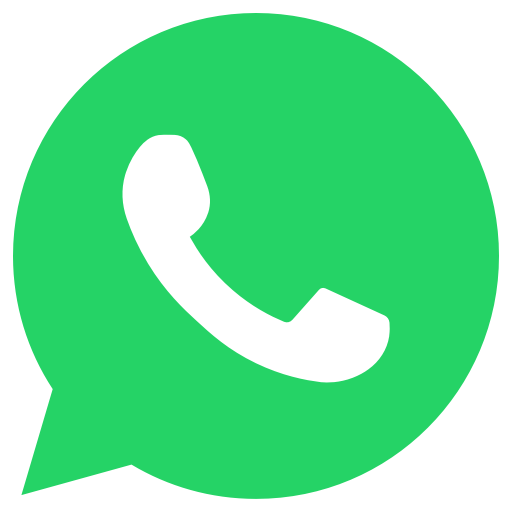As restaurant owners and operators, it’s critical to understand the essential role a well-crafted marketing plan plays in the recipe for your business’s success.
From identifying promising avenues for revenue growth, to effectively raising capital, or even negotiating a lucrative business sale, a robust marketing plan lays a solid foundation for your venture’s thriving future.
Consider your marketing plan as the secret sauce that bridges the gap between strategic vision and tactical execution. A restaurant without a marketing plan is like a kitchen without a recipe – things can quickly become chaotic and inefficient.
Moreover, marketing activities lacking strategic foresight seldom bring about a satisfying return on investment.
Following these steps will help restaurants create a sturdy and sustainable restaurant marketing plan.
1. Brainstorm and create specific goals and an allocated budget
Brainstorming is a mental technique that encourages a free flow of ideas without internal judgment. This thought technique is about quantity vs. quality. The more ideas flow, the better the chances are of discovering useful and empowering concepts. This is the first step to decipher productive goals.
There are two main types of goals: Short-term goals and long-term goals. These goals can be big or small. All goal types are critical for success. The SMART acronym can help immensely during this process.
S – Specific or significant
M – Measurable or meaningful
A – Action-oriented or attainable
R – Rewarding or relevant
T – Time-bound or trackable
After creating goals, it’s important to establish a strategic budget. Many restaurant professionals dread spending money on marketing, but that’s why budgeting is so important. Creating a strategic marketing budget will ensure spending is not out of control.
The first step in creating a budget is understanding the sales funnel. This step includes determining how many guests visit per month per location, the average cost per transaction, and loyalty rates. A customer data platform like Bloom Intelligence can help determine these numbers by collecting data from multiple sources, including online ordering systems and POS software.
After understanding the sales funnel, it’s essential to interpret operational costs. Next, use the business goals to set a marketing budget. Think of marketing as an investment, not a cost.
Finally, consider the growth stage and budget accordingly: growth mode (quick-win marketing techniques are needed) or planning mode (steady growth is more important than revenue spikes).
2. Define a target market
There are six steps to define a target market.
- Evaluate current guests. Which groups bring in the most business?
- Determine who the competitors are targeting. If a market is oversaturated, it may be beneficial to reach a different market.
- Choose target demographics based on age, location, gender, income level, education level, occupation, ethnic background, and family status
- Take psychographics into consideration, including behavior, personality, lifestyles, attitudes, values, and interests.
- Based on the target market, analyze food offerings and ambiance to determine if the correct market receives accurate targeting.
- Evaluate. Does the target fit enough people? Can they afford the restaurant? Are they easily accessible? If not, reconsidering the target market might be a good idea.
3. Understand your guests and what makes your brand unique
A customer needs statement answers the question, “what characteristics should customers look for in a specific brand?” A brand’s specific customer needs statement should remain stable over time.
Think about what guests should say about your brand and values. Then, create continuity. Ensure the branding is repeated throughout all of the restaurant’s interior, customer service, and collateral. Finally, create a timeline for adaptation.
By getting into your target market’s shoes, it’s easier to understand what guests will expect. It’s important to care about and act upon guest feedback more than personal preferences.
It’s also important to understand where guests are online. If they are using social media sites like Facebook or Instagram, advertising is an efficient way to reach them where they are 24/7.
Facebook’s lookalike audiences allow brands with their own first-party data to upload email lists and find new guests that fit similar characteristics. Google has a tool called “Similar Audiences” to accomplish advanced targeting like this, as well.
Using a restaurant customer data platform to collect guest data and email information is an excellent way to quickly and easily build a large guest database.

4. Create a message and build an experience
What brand comes to mind with the words “Eat Mor Chikin“? Some brand messages are less obvious, such as Starbucks’ “Expect more than coffee.”
Brand messages should embody the entire guest experience from the time they learn about a restaurant online to the moment they walk through the doors or order online, and throughout their entire exerience.
After determining your messaging, everything within the restaurant should embody both the message and the restaurant’s branding.
Subconsciously, restaurant patrons should hear the brand message just by looking around and tasting their meals. Create an ambiance that guests will love. Everything from the way menu items are served, to the music, to the lighting should be purposeful and memorable.
5. Gain guest feedback and online reviews
Customer feedback is essential to learning your true voice of guest. More important, however, is the need to constructively act on the feedback you recieve.
 Even if guests provide negative feedback, it’s crucial to show to them (and online communities) that management listens, aligns, understands, and improves.
Even if guests provide negative feedback, it’s crucial to show to them (and online communities) that management listens, aligns, understands, and improves.
Additionally, a restaurant WiFi login page (captive portal) can ask for guest feedback at the login screen or through automated email marketing campaigns.
For example, if a guest has had a negative experience, an automated follow-up email from management can ask for additional information to make the experience better. Some automated negative feedback campaigns include offers, such as a free drink or cookie to win business back.
The more positive ratings and reviews a brand accumulates, the easier it is for consumers to find them online. Additionally, brands with positive reviews attract more new guests and maintain loyalty.
6. Focus on loyalty and innovation
The success rate of selling to an existing customer is 60-70%, while the success rate of selling to a new customer is 5-20%. Loyalty programs can increase loyalty rates significantly.
Tools like CDP’s are making it easy for restaurant marketers to integrate tools like email marketing and reputation management. It has become essential for brands to use the guest data they collect instead of simply accumulating data and letting it sit unused.
What worked well today might not work well tomorrow. While these steps are essential to creating proactive and lucrative marketing campaigns, the same campaigns will not always bring success. Reviewing marketing campaigns, A/B testing, and implementing regular changes and optimization are all essential for success.
For restaurants, a marketing plan defines success and creates a strong focal point for achievement. This plan enables restaurant professionals to manage budgets strategically while achieving a positive return on marketing investment. What works well for one restaurant might not work well for the next. Planning for the future and staying at the forefront of technology is essential to stay ahead of the competition.
7. Use Guest Data to Manage and Optimize Your Restaurant Marketing Plan
Any restaurant marketing plan should be monitored, managed, and continuously optimized. To do so, it is important to have accurate, comprehensive guest data to rely on.
With data available using a restaurant customer data platform like Bloom Intelligence, you will have access to the type of data required to accurately test and optimize your restaurant marketing plan.
Bloom delivers accurate guest foot traffic data such as the number of visitors, first-time visitor return rates, overall visitor return rates, dwell times, and more.
Plus, with Bloom’s reputation management features, you’ll be able to see all of your Google, Facebook, Yelp, and TripAdvisor ratings and reviews all in one place. And with Bloom’s integration with those platforms, you can respond to them there too. You will also have the powerful ability to automatically identify and bring back lost guests.
These tools will allow you to test marketing campaigns and results in real-time, all the way back to a guest returning and making a purchase.
Perhaps the most powerful way to boost revenue, improve online ratings, bring back lost customers, and improve customer lifetime values – all while saving time and money – is to invest in customer data platform like Bloom Intelligence. With integrated WiFi marketing and reputation management tools, it is simle and easy to establish and execute a powerful restaurant marketing plan.
If you would like to see Bloom in action, and how easy it is to use, call us today to schedule a demo, or schedule a demo online here.






.svg)